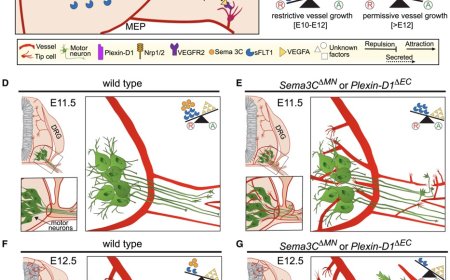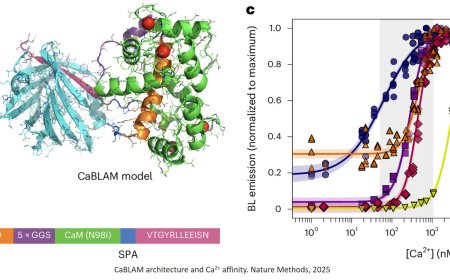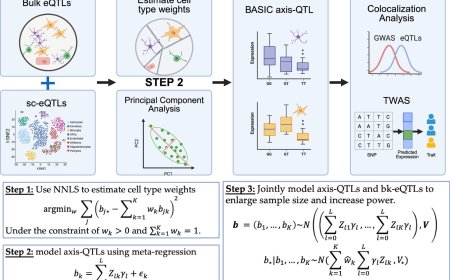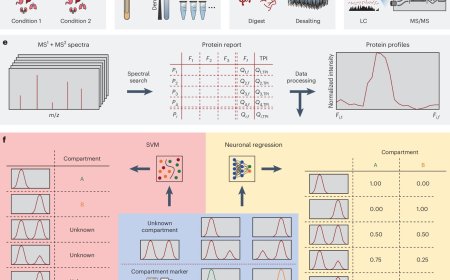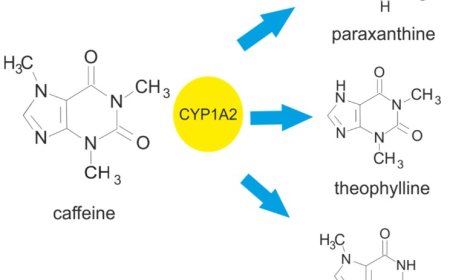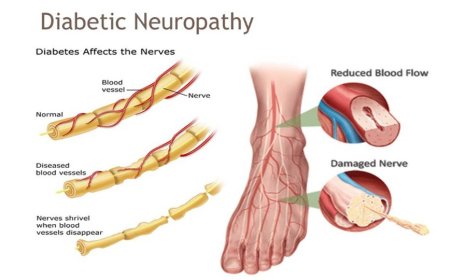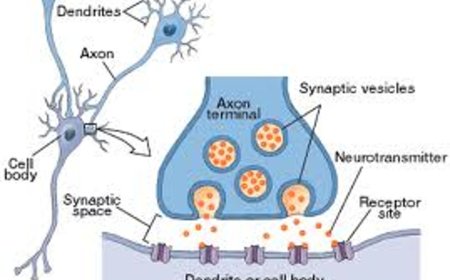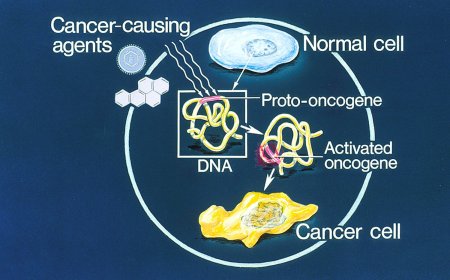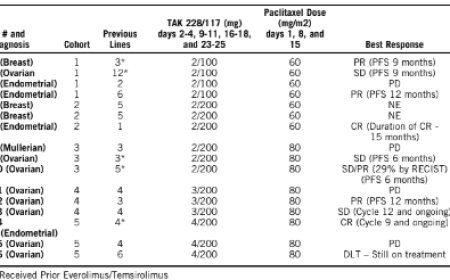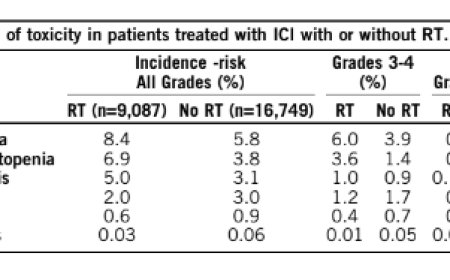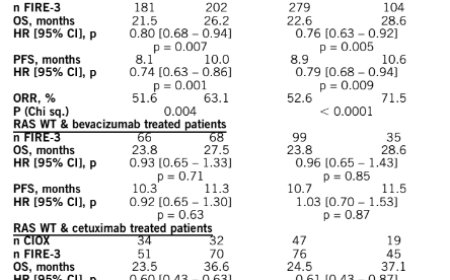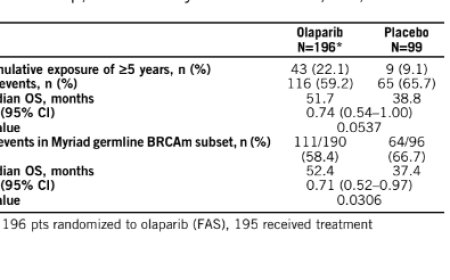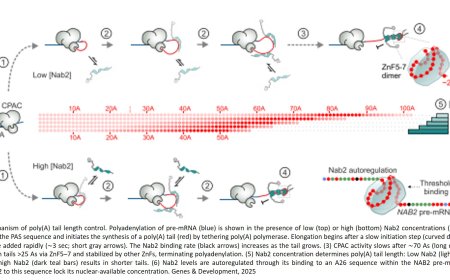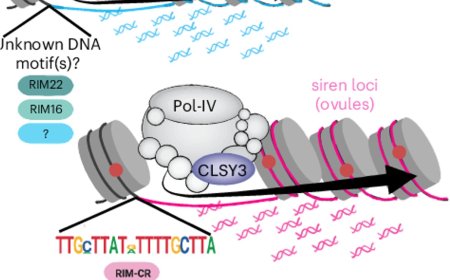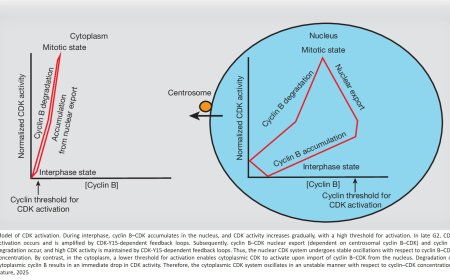Saving cells from the brink of death

A new study has revealed how cells control their mitochondria—the “energy producers” of cells—during the process of cell death. The discovery sheds light on how the body manages this essential function and what can go wrong when the process fails.
Programmed cell death is an essential part of a healthy, normal life as the body removes old, damaged or unnecessary cells. When the process fails, the results can be serious: Cancer can develop when cells refuse to die, while neurodegenerative diseases such as Alzheimer’s can occur when cells die too soon.
The lead author of the study investigated how mitochondria behave as cells die. The authors discovered that, surprisingly, mitochondria can protect a cell from dying in a way that does not involve producing energy. Instead, mitochondria play a protective role by taking in calcium—a key step needed for cells to die properly.
The findings offer a better foundational understanding of how complex cell death is regulated and could eventually help researchers learn more about brain development and lead to more targeted treatments for related conditions.
“I hope my work provides deeper insights into how regulation of mitochondrial transport and its ability to uptake calcium prepare complex cells to die,” the author said.
The study was published in Current Biology.
To conduct the research, the researchers studied an embryonic cell in the tail of the nematode C. elegans, a tiny roundworm widely used in genetic research because it shares similar genes to humans. Its transparent body allows scientists to observe live cell behavior, including how cells die. Using a super-resolution microscope the authors were able to see how “organelles are acting inside the cell in real time in a living animal.”
Another key discovery was that when a protein called a caspase—known for its role in breaking down other proteins in cell death—is missing, cells begin to die but then unexpectedly recover. Caspases are well known for their role in a type of programmed cell death called apoptosis, but their precise function in compartmentalized cell elimination is an important future direction for research, the study noted.
https://www.cell.com/current-biology/fulltext/S0960-9822(25)01165-0
https://sciencemission.com/Mitochondria-transported-by-Kinesin-3
